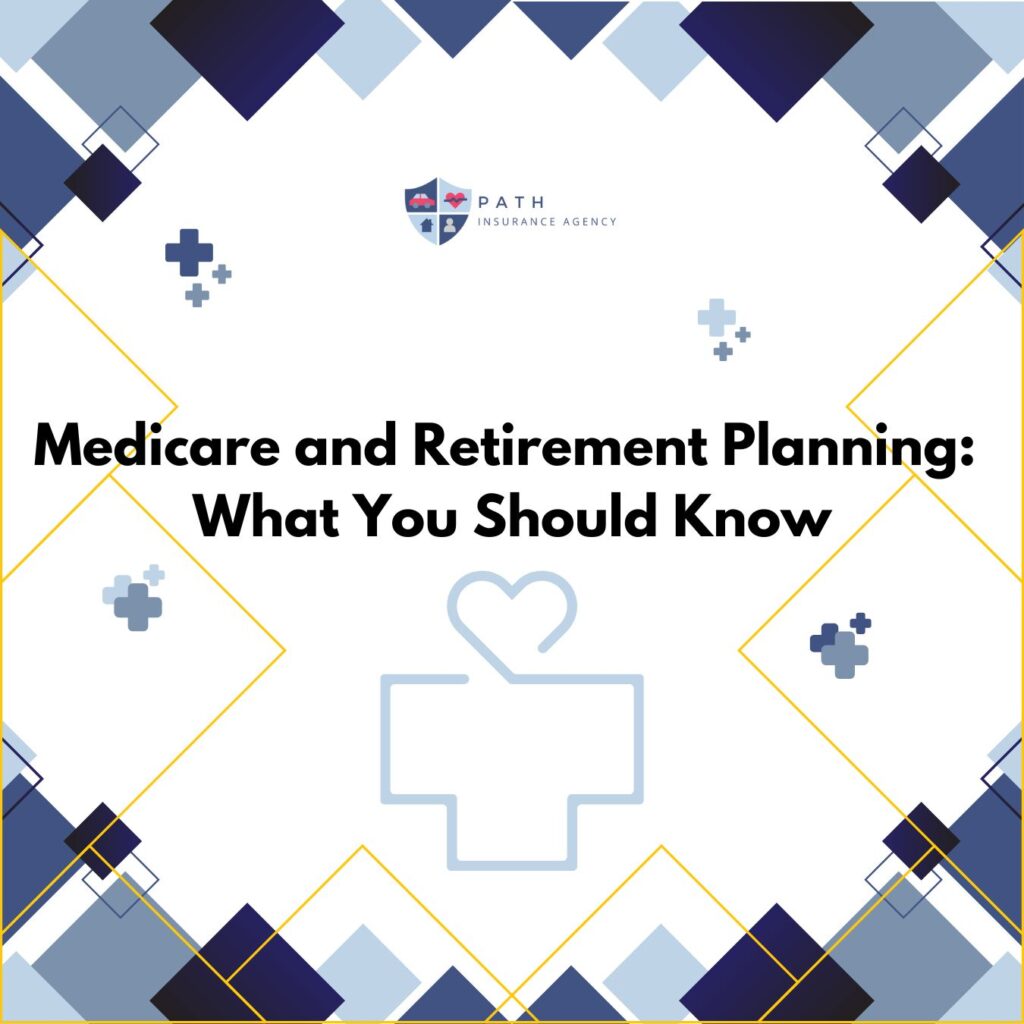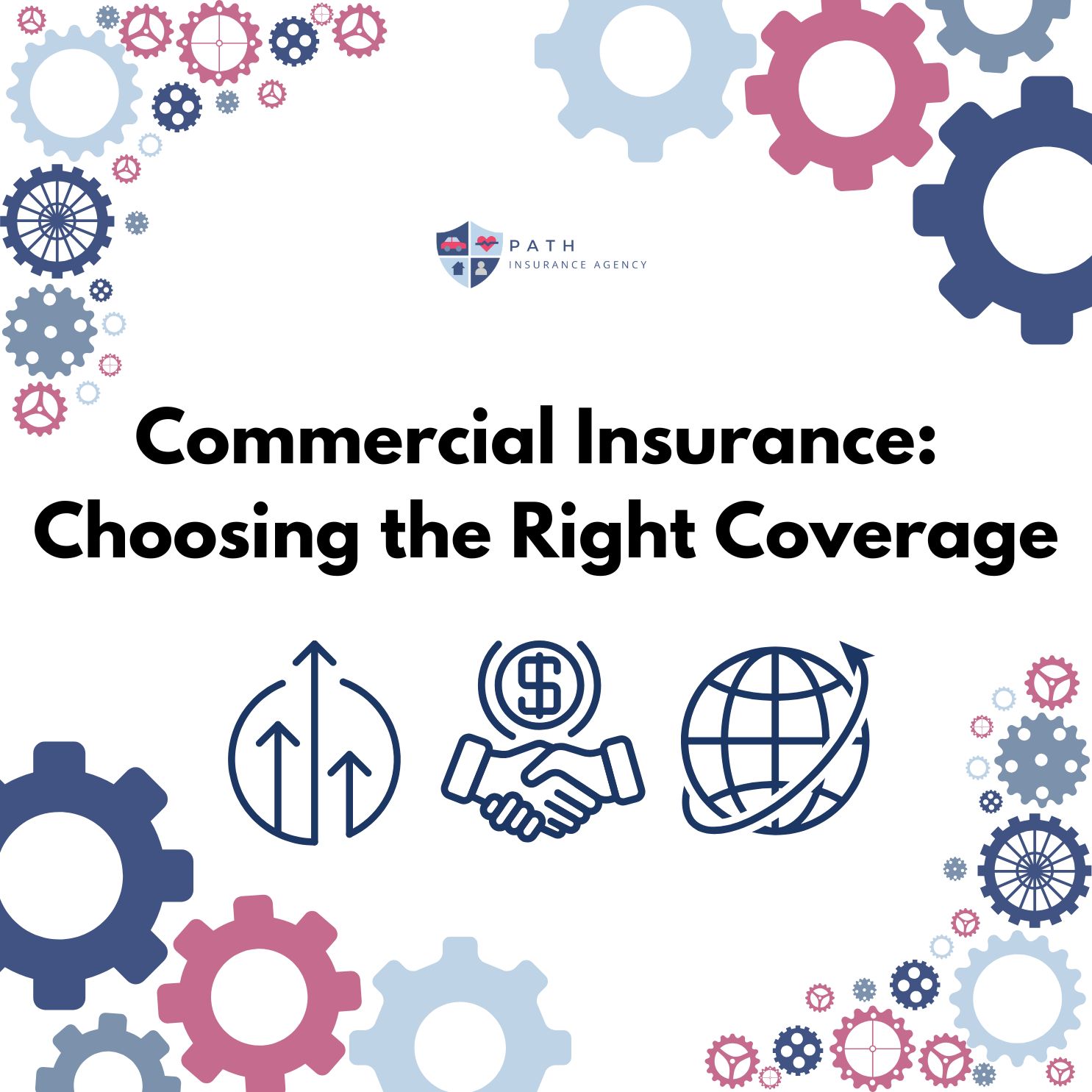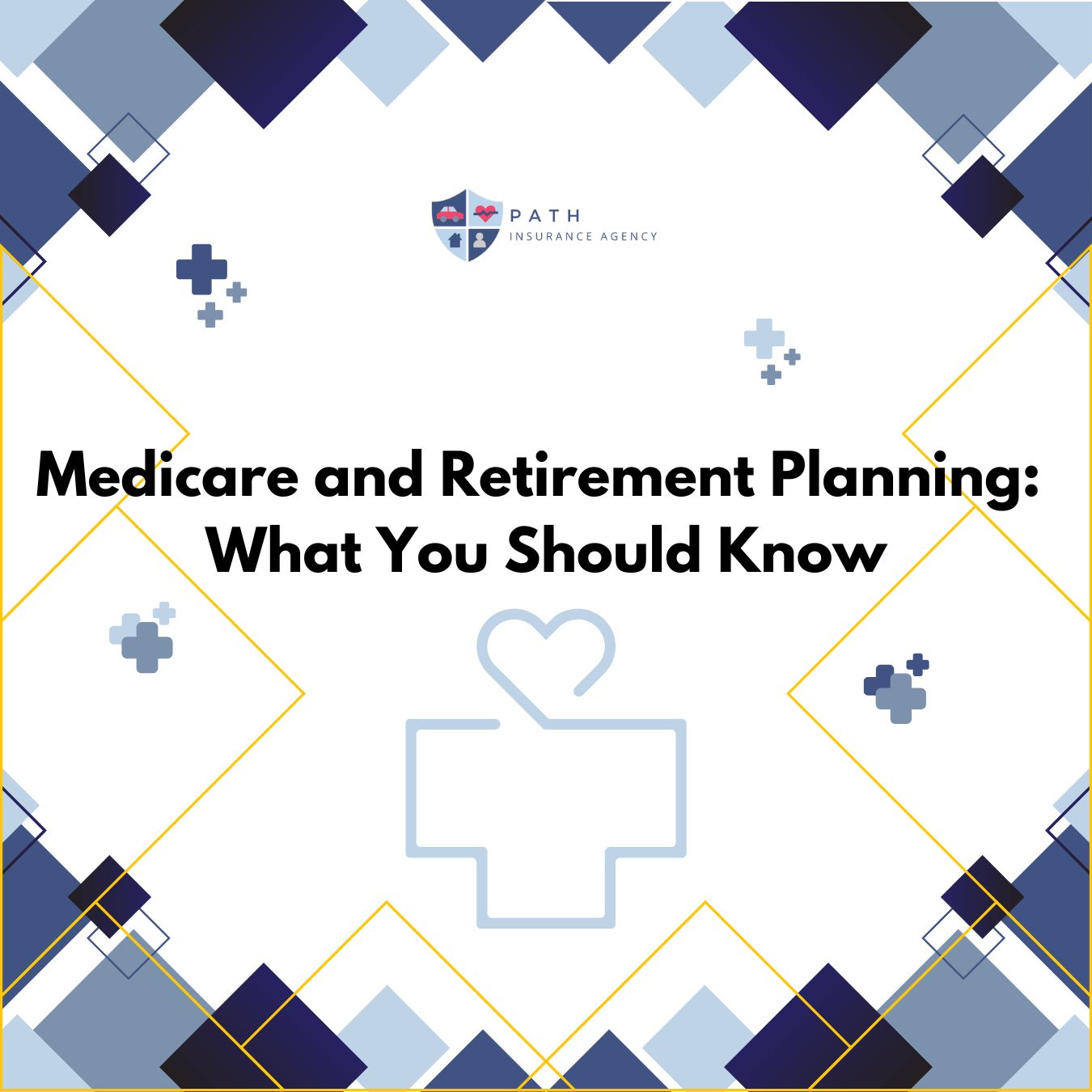Planning for retirement involves many steps, and understanding Medicare is one of them. Medicare can help cover your healthcare needs, but it’s important to know how it works and how it fits into your retirement plans. This guide will break things down in a simple way, so you can feel confident about your next steps.
What Is Medicare?
Medicare is a federal health insurance program designed for people age 65 and older, as well as some younger individuals with certain disabilities. It helps pay for medical costs like doctor visits, hospital stays, and even prescription drugs. While it’s a huge help, Medicare doesn’t cover everything, including long-term care or dental, so it’s good to plan for those gaps.
Why Is It Important for Retirement?
Healthcare costs can add up quickly, especially as you get older. Medicare plays a key role in helping retirees manage those expenses. Without it, paying for medical bills out of pocket could eat into your savings. By learning about Medicare’s benefits, you can better estimate your retirement costs and avoid any financial surprises.
Breaking Down Medicare Coverage Options
Medicare has different parts that cover specific needs. Here’s a quick rundown:
- Part A covers hospital stays, nursing care, and some home health services. Most people don’t pay for Part A if they’ve worked and paid Medicare taxes for at least 10 years.
- Part B pays for doctor visits, outpatient care, and medical equipment. It comes with a monthly premium.
- Part C (Medicare Advantage) offers plans from private insurers that include everything in Parts A and B, plus extras like vision or dental.
- Part D helps cover the cost of prescription drugs.
Understanding these options will help you decide which combination works best for your needs.
When Should You Sign Up for Medicare?
Most people enroll in Medicare around their 65th birthday. You have a 7-month window to sign up, starting three months before and ending three months after the month you turn 65. Missing this window might mean a penalty, so it’s important to act on time. If you’re still working and have health insurance through your job, you may be able to delay Part B without a penalty.
How Much Does It Cost?
While it helps lower your medical expenses, it’s not free. Here’s what you might pay:
- Part A is usually free if you’ve worked long enough.
- Part B has a standard monthly premium, which may change based on your income.
- Part D also has a monthly premium, depending on the plan you choose.
It’s smart to include these costs in your retirement budget so you’re not caught off guard.
Planning for Medicare’s Coverage Gaps
Medicare doesn’t cover everything, so you’ll need to fill those gaps. For example, dental care, hearing aids, and vision exams aren’t included. Many retirees look into Medigap plans or Medicare Advantage for extra coverage. Medigap is supplemental insurance that helps with out-of-pocket expenses. Researching these options now can save you money later.
Tips for Maximizing Medicare in Retirement
Here are some tips to make the most of Medicare during retirement:
- Review your coverage each year. Medicare plans can change, so check if your current plan still fits your needs during the annual enrollment period.
- Consider prescription drug costs. Compare Part D plans to find the best deal for the medications you take.
- Keep an eye on your income. Higher-income retirees may have to pay extra for Part B and Part D.
- Budget for unexpected healthcare needs. Even with Medicare, emergencies can be expensive, so set aside extra funds just in case.
Final Thoughts
Medicare is a big piece of the retirement puzzle. Learning about what it covers, how much it costs, and when to enroll will give you peace of mind as you prepare for the future. Take time to explore your options and ask questions if you’re unsure. With a solid plan, you can make the most of your retirement years while staying covered.
Call Path Financial and Insurance Agency today and ask us how! You may also visit this link to shop: https://www.healthsherpa.com/?_agent_id=rufus-hunley-2m5rta




